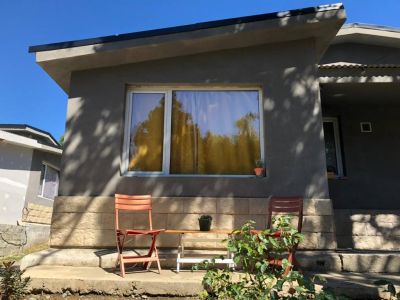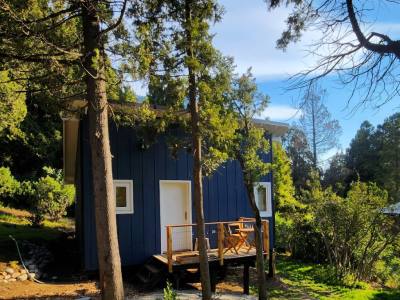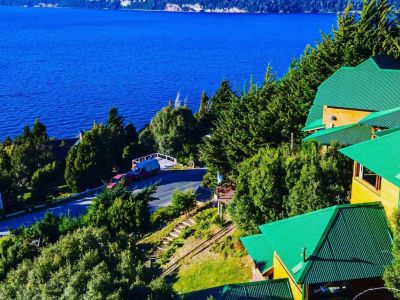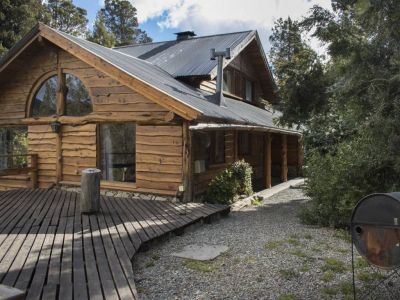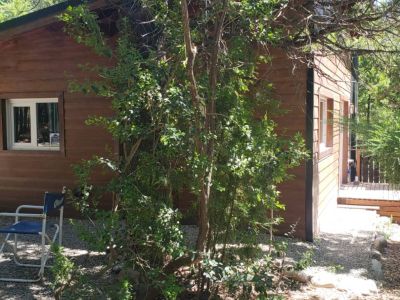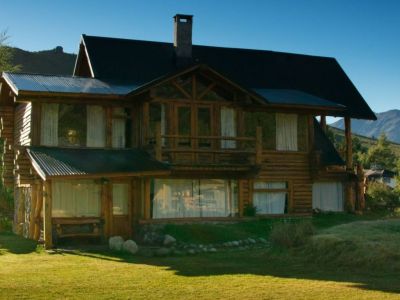In order to reach the pier at Puerto Blest, visitors should set out at Puerto Pañuelo, on the Llao Llao Peninsula, and head for the quite long and very narrow Blest Arm. The access to this part of Lake Nahuel Huapi is surrounded by Isla Centinela -Sentry Island- (where the grave of “perito” Francisco P. Moreno is located), Capilla and Millaqueo Hills. The beginning of the tour is delightful indeed. Countless thick forests of cypresses and coihue trees may be observed all along the shores of Lake Nahuel Huapi. Huge magnificent mountains make up the range that escorted us during the entire tour. Shortly before entering the arm, we spotted Islas Mellizas -which stands for “Twin Islands”- and we learned that the deepest measured point of the lake so far -454 meters- lies very close to them.
Wonderful Puerto Blest
Coihue and Patagonian Cypress Woodlands
Before entering Blest Bay, the watercraft got past Playa de las Arañas (Spiders Beach) and Cascada Blanca (White Cascade). After one hour’s navigation, we arrived in Puerto Cántaro, amidst the Valdivian rainforest. This spot is one of the most humid in the country: rainfall records reach 4,000 annual millimeters. Very tall coihues and Patagonian cypresses may be spotted in this area. They grow on an understory made up by low bushes, covered by lianas and climbing plants. The atmosphere is humid and the site is ideal for grass, moss and fungi to grow. At Puerto Cántaro, a thick and coquettish trail opens up towards Los Cántaros Pond, where a cascade is formed and Puerto Blest may be observed on the opposite margin. Puerto Blest is the departure point towards Pérez Rosales international pass. It is amazing to see the bushy woodlands of palo santo and the giant ancient Patagonian cypresses. They feature a unique kind of beauty visitors to Patagonia should not miss. Marcos Rodríguez
Gentileza Turisur
Contact of the excursion or tour
Turisur
Mitre 219, San Carlos de Bariloche, Río Negro, Argentina
Phone: +54 294-4426109
After this tour, go on the lake crossing tour to Chile.





















